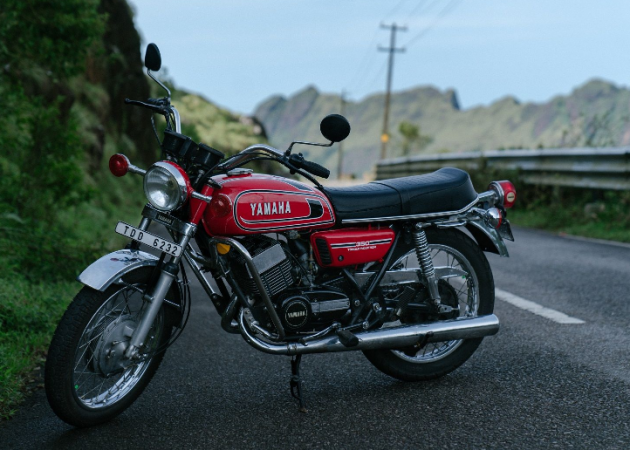
New Delhi: In 1990, the iconic Rajdoot 350 motorcycle was discontinued in India due to various reasons, marking the end of an era for motorcycle enthusiasts. The decision to discontinue the Rajdoot 350, which was launched in 1983, was influenced by several key factors that affected its popularity and overall appeal.
One of the primary factors contributing to the discontinuation of the Rajdoot 350 was its high price tag. Upon its release, the motorcycle carried a hefty price of Rs. 18,000, making it unaffordable for many potential buyers. The steep price deterred a significant portion of the market, limiting its sales and wider adoption.
Another major drawback of the Rajdoot 350 was its low fuel economy. As a two-stroke motorcycle, it was known for its poor fuel efficiency. This posed a significant disadvantage for consumers seeking motorcycles that offered better mileage, particularly with rising fuel prices and a growing demand for cost-effective transportation.
Also Read: Comparing Tempo Traveller and Tata Winger: A Detailed Analysis
The absence of disc brakes on the Rajdoot 350 also played a crucial role in its discontinuation. During the time of its release, disc brakes were gaining popularity in India due to their enhanced stopping power and safety features. The Rajdoot 350's lack of this advanced braking system made it challenging to bring the motorcycle to a quick stop in emergency situations, leading to accidents and concerns among potential buyers.
Furthermore, the Rajdoot 350's rigid suspension system made it uncomfortable for riders during long journeys. This discomfort factor contributed to its diminishing appeal as consumers began to prioritize motorcycles with more comfortable and adaptable suspension systems.
Also Read: KTM India Launches the 2023 KTM 200 Duke: A Powerhouse Upgrade for Performance Enthusiasts
In terms of build quality, the Rajdoot 350 fell short of expectations. The motorcycle experienced a range of issues, including engine failures and electrical problems, which were attributed to its subpar construction. These quality concerns further tarnished the reputation of the bike and diminished consumer confidence in its reliability.
Lastly, the changing emission norms in India were a significant factor in the discontinuation of the Rajdoot 350. Two-stroke engines, like the one used in the motorcycle, were recognized as more polluting compared to four-stroke engines. As stricter emission standards were implemented, manufacturers faced challenges in selling two-stroke motorcycles due to their environmental impact, contributing to the decision to discontinue the Rajdoot 350.
Ultimately, taking into account the combination of factors outlined above, the Rajdoot 350 was discontinued in 1990. Despite its discontinuation, the motorcycle has attained a cult classic status among Indian biking enthusiasts, resulting in continued demand for the bike in the used market.
Also Read: Ultimate Showdown: Toyota Vellfire vs. Tata Winger - Luxury and Versatility Collide
It is worth noting that since the discontinuation of the Rajdoot 350, the Indian motorcycle industry has witnessed significant advancements in terms of design, technology, and emission standards. Manufacturers have introduced more fuel-efficient and environmentally friendly motorcycles, providing consumers with a wider range of choices that align with their preferences and requirements.